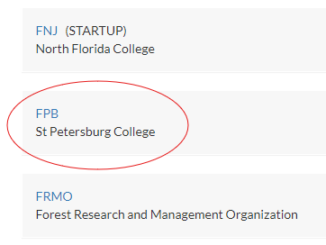When I first started in ILL, we were regularly loaning large boxes of bound journals to
Colorado State as they recovered from the 1997 flood in their library which led to the
creation of Rapid. Jump forward 20+ years and University of Arkansas is using RapidILL
automation to fill most of our requests during a collections’ relocation that prevented
access to our materials for months.
As items were being transferred from our main library to a new high-density annex, they
were unavailable to our local patrons and unavailable to be loaned to other libraries.
With the help of cataloging and the Web Services Librarian, these records were made to
show up as ‘unavailable’ in our catalog. This allowed us to set up procedures and
routing rules to automate our workflow as much as possible. We used RapidILL to
automatically detect that items were unavailable and send the request out to another
library to borrow. Similarly, requests that we received from other libraries for ‘in transit’
items were automatically deflected to move on to the next library on the lending string.
Our patrons continued to receive the quick turn-around-times our department is known
for because of the speed and efficiency of RapidILL. With the cooperation of ILL staff,
RapidILL staff, our local web services and cataloging, and the new library annex staff,
we were able to continue to provide our ‘unavailable’ materials during the collections
move. The patrons barely noticed a shift in service.


